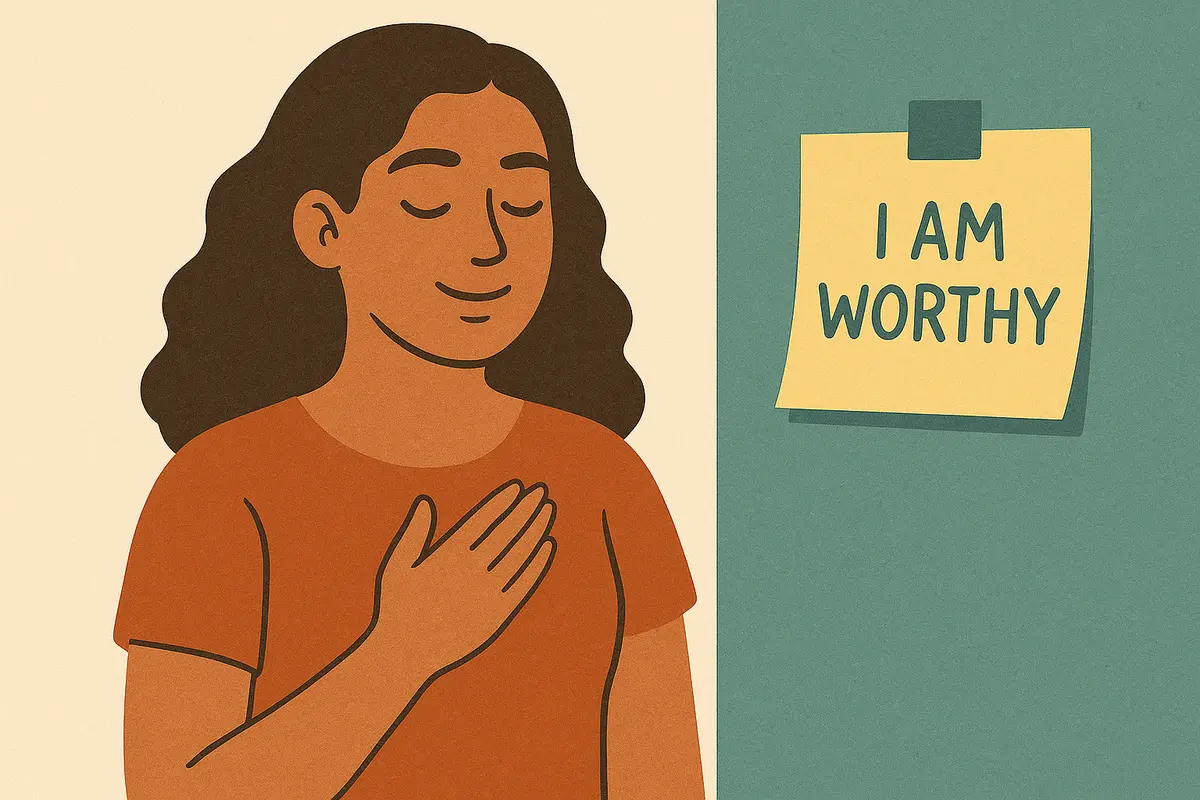
Your internal dialogue shapes your reality through thousands of micro-conversations happening beneath conscious awareness, often dominated by criticism, doubt, and negative predictions. This mental soundtrack—"I'm not good enough," "I always mess up," or "I don't deserve success"—becomes a self-fulfilling prophecy that limits potential and maintains emotional distress through constant psychological self-sabotage.
Affirmations systematically replace destructive self-talk with intentional, positive statements that gradually rewire neural pathways and emotional responses. This evidence-based practice leverages neuroplasticity to create lasting psychological change through repetitive positive conditioning. Research demonstrates that structured affirmation practice significantly improves self-esteem, reduces anxiety, and enhances emotional resilience.
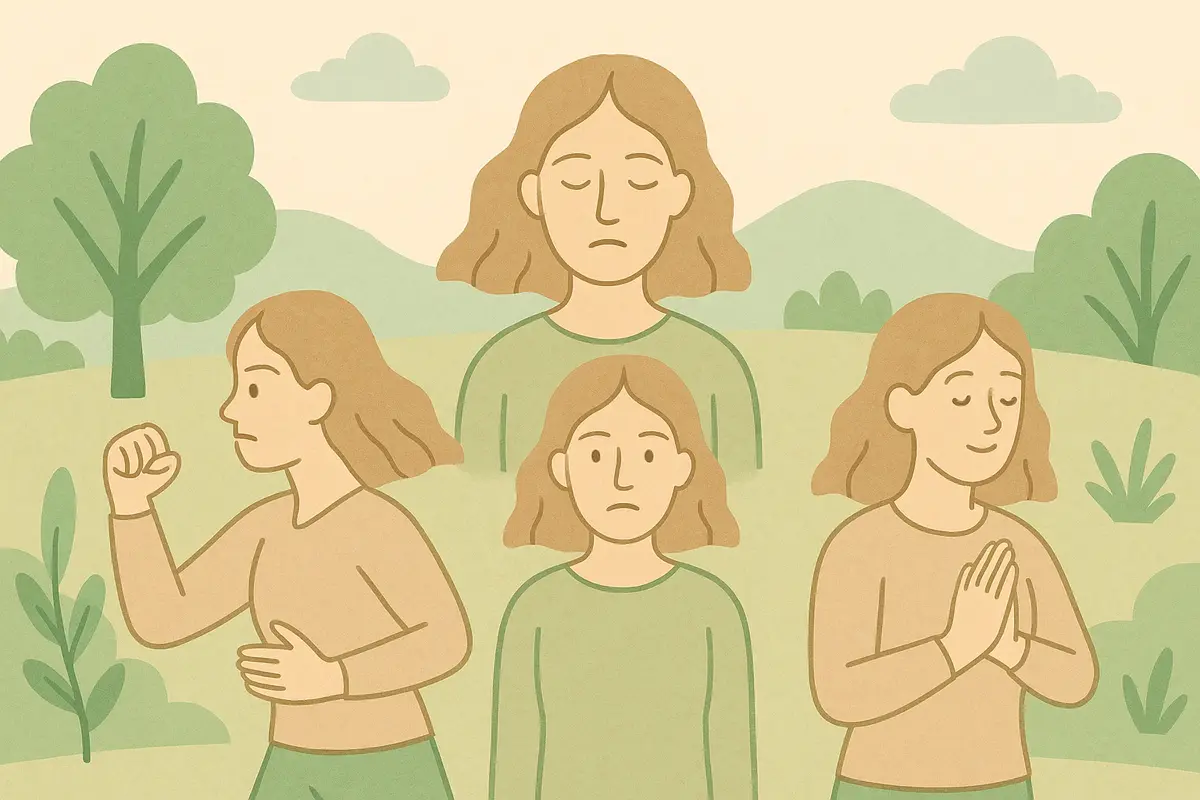
Your body contains an ancient alarm system that activates within milliseconds when detecting danger, flooding your system with stress hormones and preparing for survival before your conscious mind realizes what's happening. This automatic response—whether facing a charging bear or a critical email from your boss—triggers the same primal patterns that kept our ancestors alive for millions of years.
Understanding the fight/flight/freeze/fawn response transforms confusing or overwhelming reactions into recognizable survival patterns with clear biological purposes. This neurobiological education helps normalize intense emotional and physical reactions while providing framework for developing healthier coping strategies. Research demonstrates that psychoeducation about trauma responses significantly improves emotional regulation and reduces self-blame.
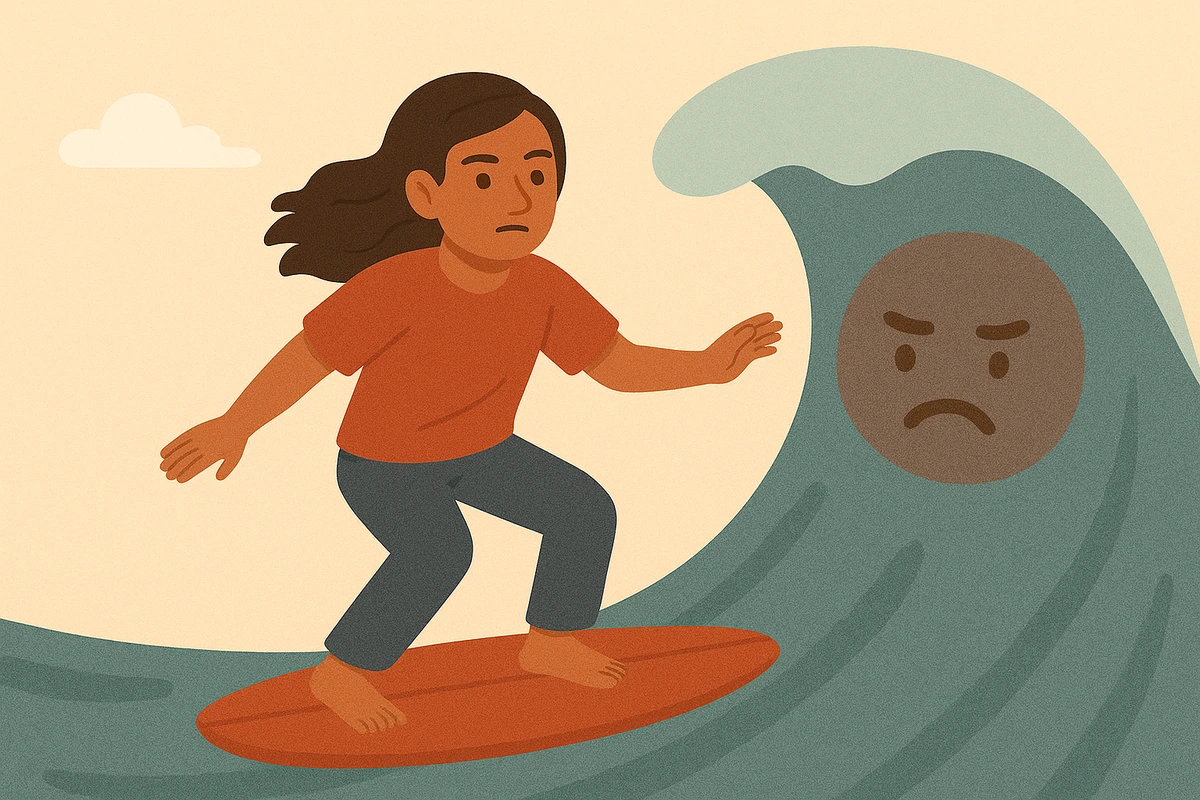
Intense urges feel like emergencies demanding immediate action—the overwhelming need to check your phone, eat when stressed, avoid difficult conversations, or engage in habits you're trying to change. These powerful internal waves seem to grow stronger the more you resist them, creating internal battles that exhaust your willpower and often end in giving in to behaviors that don't align with your values.
Urge surfing transforms the relationship with intense impulses by teaching you to ride the wave rather than fight against it or automatically surrender to its demands. This mindfulness-based technique leverages the natural tendency of all urges to peak and subside when observed without resistance. Research demonstrates that urge surfing significantly reduces addictive behaviors, anxiety, and impulsive actions while building emotional regulation skills.
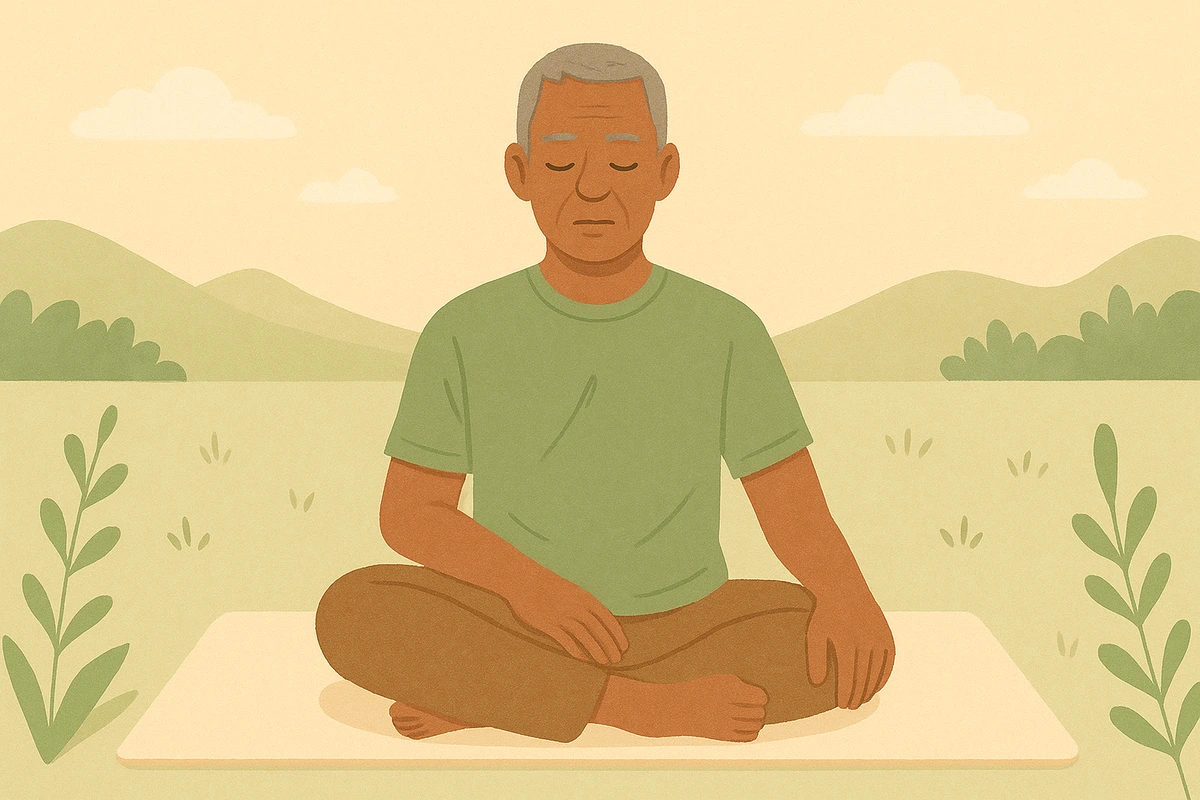
Anxiety creates powerful urges to escape, hide, or find immediate relief through behaviors that feel protective in the moment—avoiding social events, checking and rechecking work, seeking constant reassurance, or staying busy to distract from worried thoughts. These strategies provide temporary comfort by reducing immediate distress, making them feel like effective anxiety management tools.
Understanding avoidance and safety behaviors reveals how these seemingly helpful strategies actually strengthen anxiety over time by preventing you from learning that feared outcomes rarely occur. This psychoeducational approach helps identify subtle behavioral patterns that maintain anxiety cycles while building foundation for more effective coping strategies. Research demonstrates that awareness of avoidance patterns significantly improves anxiety treatment outcomes.
Your emotional experiences feel random and unpredictable when you're caught in daily life's immediate demands, making it difficult to understand why some days feel overwhelming while others flow smoothly. Without conscious attention to patterns, you might miss crucial connections between your sleep, stress levels, social interactions, and emotional well-being that could unlock more effective self-care strategies.
Tracking patterns over time transforms scattered emotional experiences into meaningful data that reveals hidden connections between your behaviors, environment, and mental health. This evidence-based practice provides objective information about your emotional landscape while building self-awareness that supports proactive mental health management. Research demonstrates that systematic self-monitoring significantly improves emotional regulation and treatment outcomes across various mental health conditions.

Your anxiety feels like it appeared overnight or has always been part of your life, making it difficult to understand how it developed or what keeps it going. Without clear awareness of anxiety's origins and evolution, you might miss important patterns that could unlock more effective coping strategies and reveal why certain situations feel particularly threatening or overwhelming.
Creating an anxiety timeline transforms scattered memories and experiences into a coherent narrative that reveals how anxiety developed, evolved, and persisted over time. This therapeutic technique helps identify patterns in triggers, life events, and coping responses that maintain anxiety symptoms while building foundation for targeted intervention. Research demonstrates that understanding anxiety's developmental timeline significantly improves treatment outcomes and self-awareness.
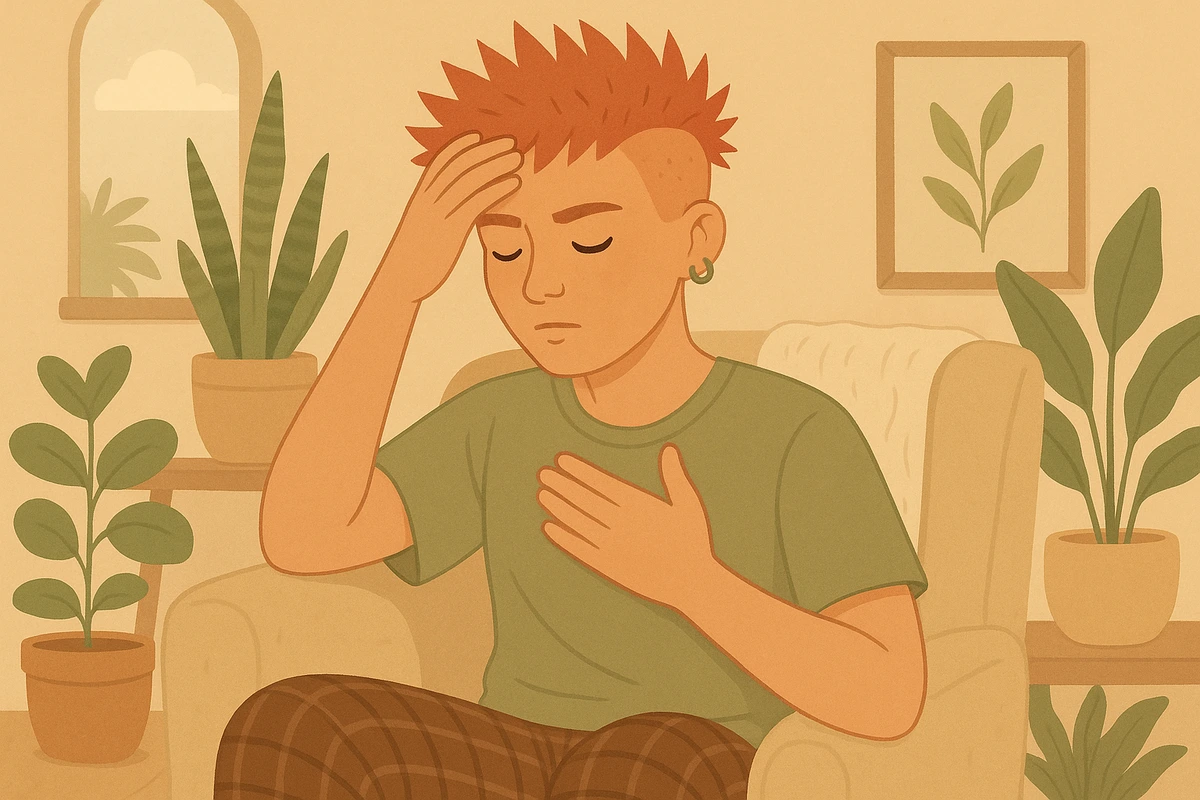
Your heart races and your thoughts spiral, but you're not sure if this overwhelming feeling is "just anxiety" or something more intense. Many people use anxiety and panic interchangeably, missing crucial differences that could unlock more effective coping strategies and help predict how long these difficult feelings might last.
Recognizing anxiety versus panic transforms confusion during emotional distress into clear understanding that guides targeted intervention. This diagnostic awareness helps you choose appropriate coping strategies while reducing the secondary distress of not understanding what you're experiencing. Research demonstrates that accurate symptom identification significantly improves anxiety and panic management outcomes.
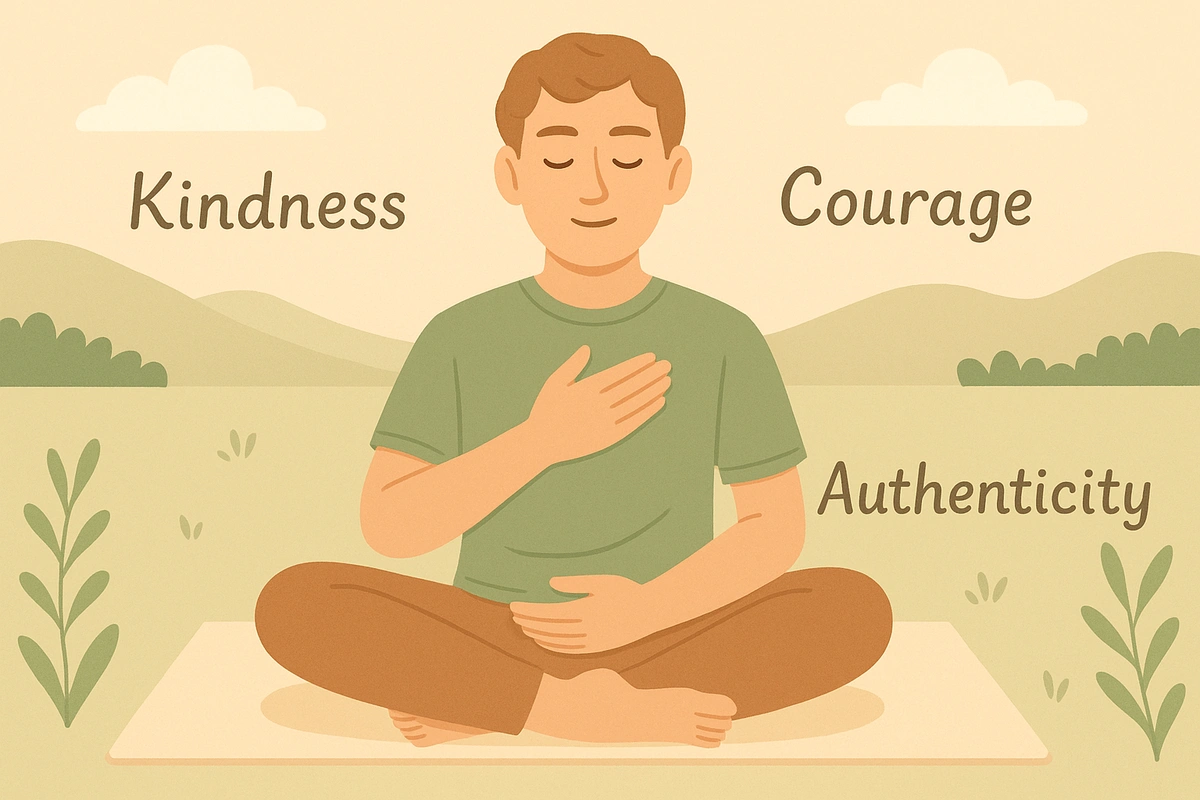
When anxiety strikes, your world can shrink to the size of your fear. Every decision becomes about avoiding discomfort rather than moving toward what matters most to you. This disconnection from your values often intensifies suffering and keeps you stuck in cycles of avoidance that conflict with who you want to be.
Identifying and connecting with personal values during anxious moments creates a compass for meaningful action when emotions feel overwhelming. This Acceptance and Commitment Therapy technique helps you respond to anxiety from a place of purpose rather than panic, fostering resilience and reducing the secondary distress of acting against your deeper commitments.
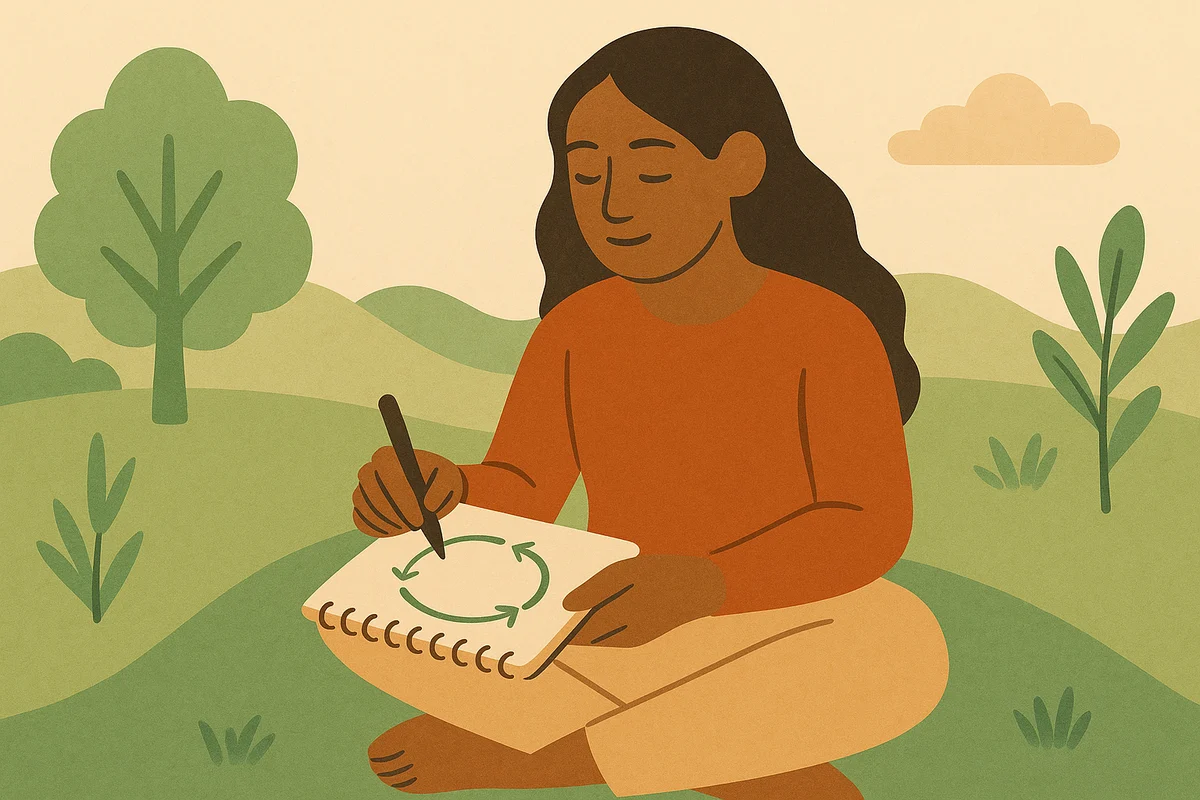
Your anxiety feels like a mysterious force that strikes without warning. You feel confused about why certain situations always overwhelm you, leaving you feeling helpless and out of control. What seems random often follows clear patterns, and once mapped, these patterns show exactly where anxiety gets its power and how your well-meaning coping strategies accidentally feed the fire.
Understanding your anxiety cycle turns confusing emotional experiences into clear, manageable patterns with specific points where you can step in. This mapping approach helps you see how triggers, thoughts, feelings, and behaviors work together to keep anxiety going, which gives you the power to break the cycle at multiple strategic points.
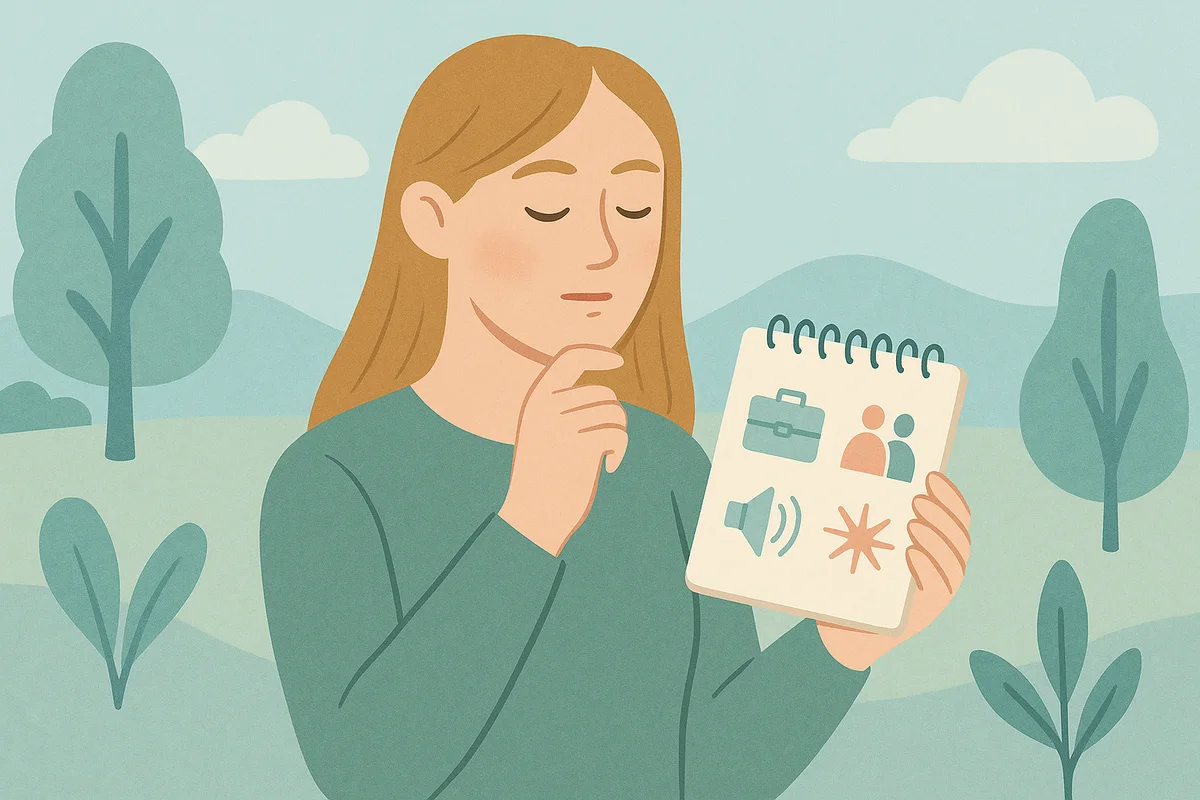
Your emotional reactions often feel like they come from nowhere. You feel confused and overwhelmed by sudden waves of anxiety or distress. What seems random usually follows clear patterns. Once you find these patterns, you can turn confusing emotions into manageable responses.
Understanding your personal trigger patterns creates a map for handling emotions. This helps prevent surprise attacks and lets you cope ahead of time. This self-monitoring approach builds the foundation for managing anxiety by making hidden emotional patterns clear and controllable.